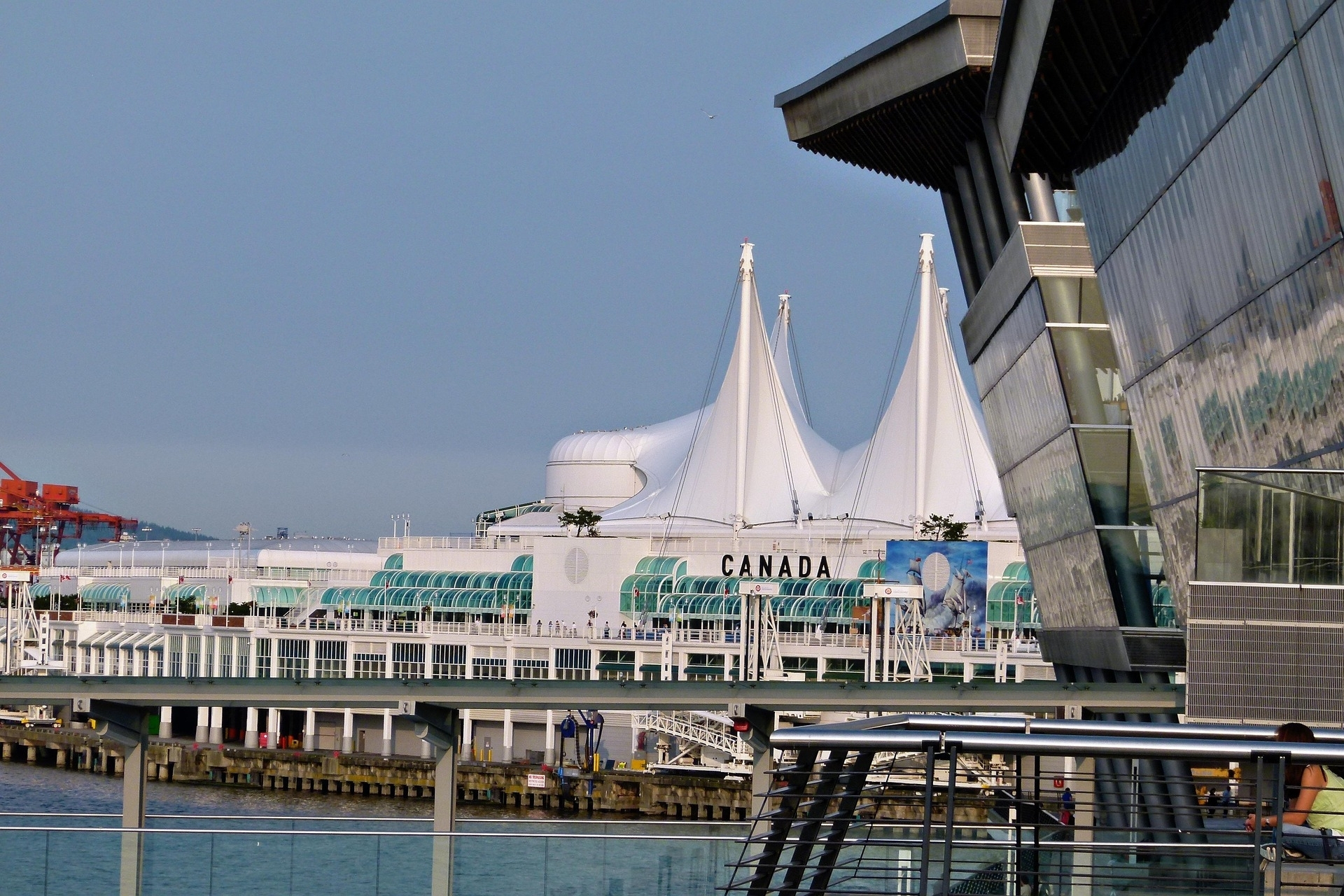What does leaving a legacy on the Sunshine Coast of British Columbia mean? For the 32,170 people who live in Sechelt, Gibsons, and the surrounding communities, meaningful continuity—a notion ingrained in the area's Geographical Proximity Paradox—is more important than monuments.
Even though the Coast is only 40 minutes from Vancouver, its seclusion via ferry fosters intergenerational thinking. Consider the Roberts Creek mandala, a large sidewalk mosaic that has been painted every year by families who have been contributing designs for thirty years. Consider the Salish Soils initiative in Sechelt, where teenagers and pensioners work together to turn food scraps into field compost, improving the soil for upcoming harvests.
This is a participative legacy. In Egmont, a nurse transformed her beachfront property into a "bird sanctuary," introducing natural plants that now serve as a home for hummingbirds that migrate there. To ensure that his passion for the sea endures, a fisherman from Pender Harbour gave his dock to a young sailing program. A selling pitch that prioritizes stewardship over square footage is the inclusion of characteristics like "apple trees planted by original 1970s owners" in real estate listings.
The Coast's distinct connectedness is the source of this culture. The absence of bridges avoids overdevelopment, but the boat guarantees access to urban resources (specialist physicians, cultural events). The outcome? A community that planned not in fiscal quarters but in 50-year increments.
This long-term strategy becomes more urgent as climate change approaches. Rain gardens and wildfire-resistant landscaping are required by Sechelt's new building codes—not because of legislation, but rather because grandparents want their grandchildren to grow up on a resilient coast.
Legacy in this context ultimately refers to what you leave intact rather than what you leave behind.











